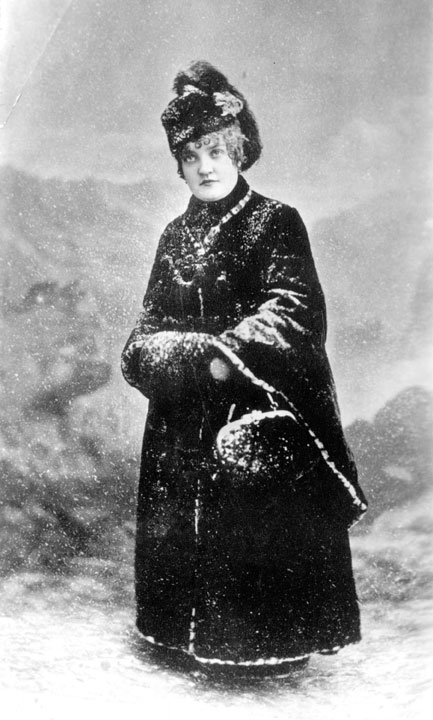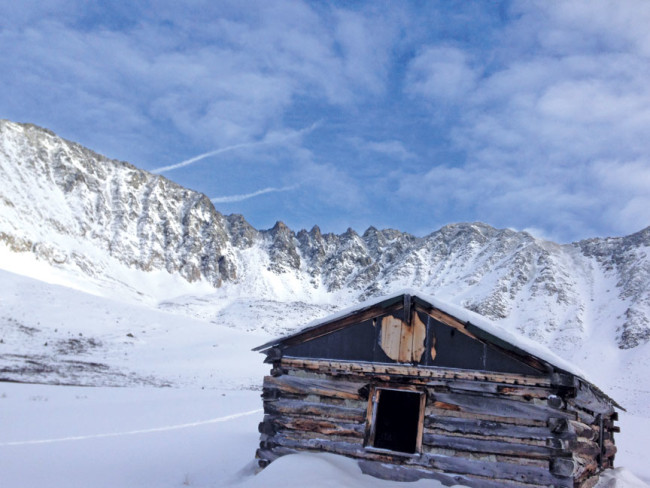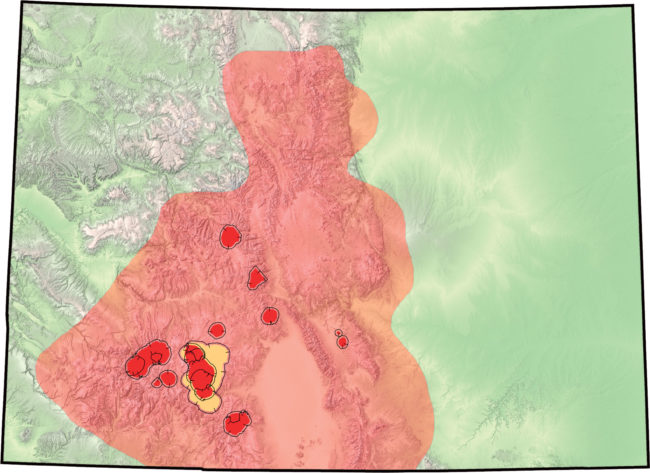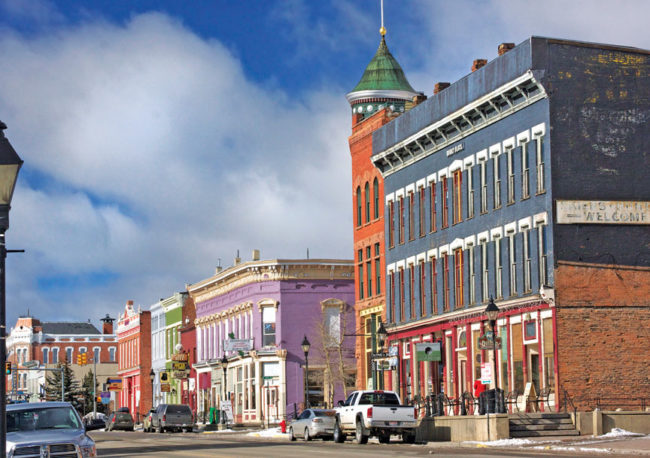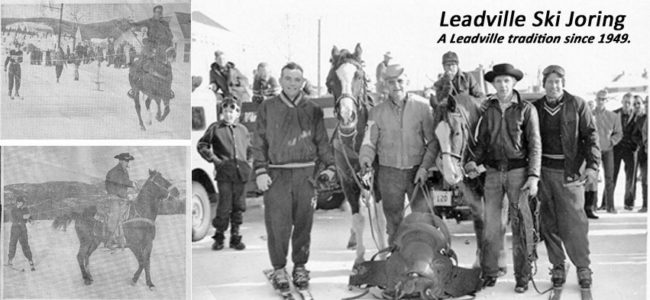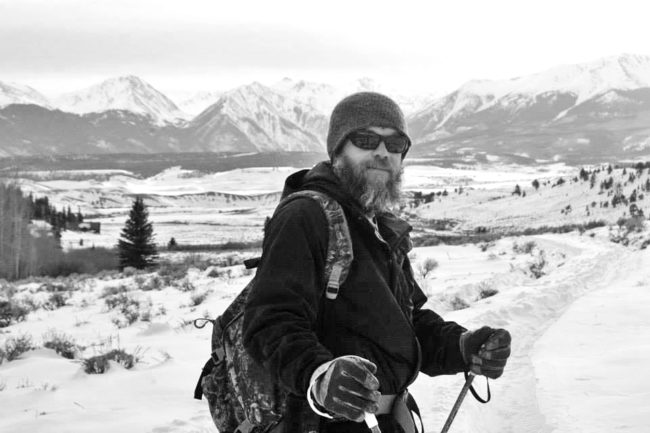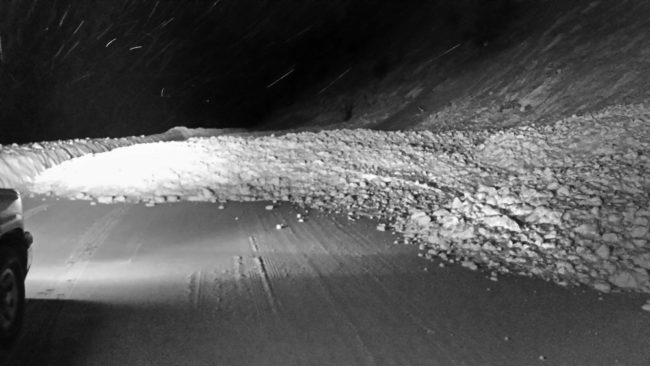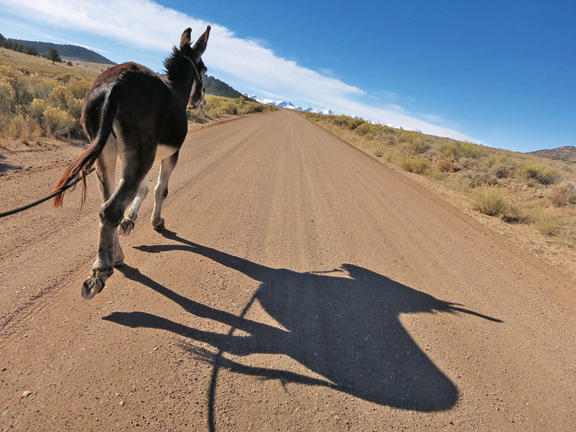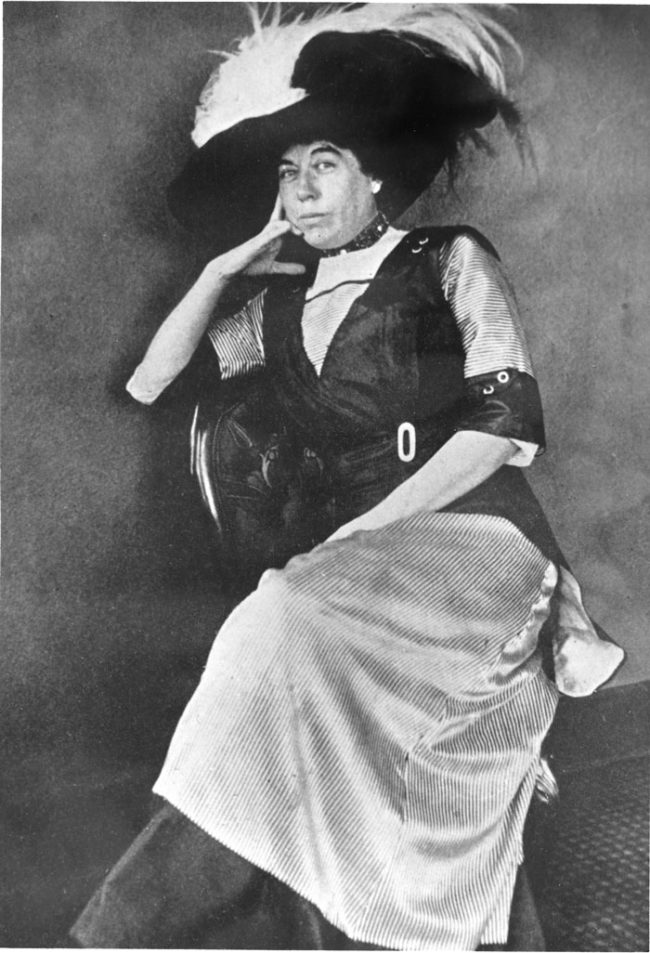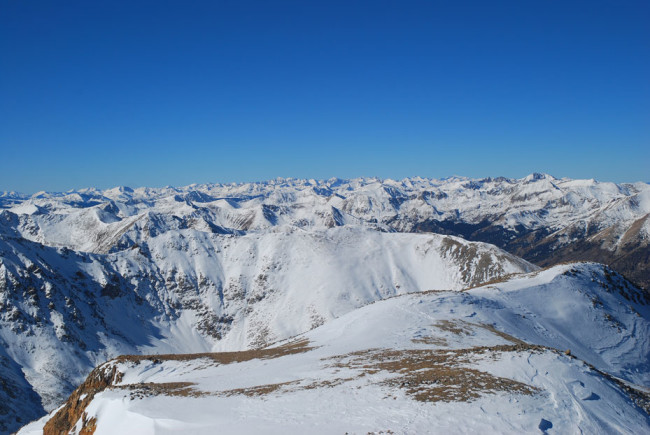By Craig Wagner
Leadville is home to one of the last legends of the Old West. Not a gunfighter or gambler but a tiny old woman who displayed extraordinary grit in the name of love and pride, and possibly madness. Her story has spawned books, movies and a famous opera.
Baby Doe Tabor’s scandalous affair and subsequent marriage to Horace Tabor has been well told. After Horace’s death, she returned to Leadville in 1901 at the age of 46. The 30 years she lived in a small cabin are more mysterious.
Her solitary life has drawn the attention of authors, researchers and paranormal detectives. But the elderly woman remains an enigma. Who was she? What kind of woman lives alone in a shack on the side of a mountain for thirty years?

